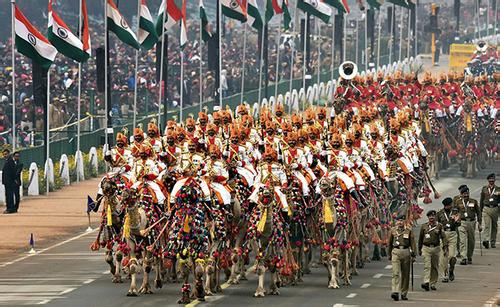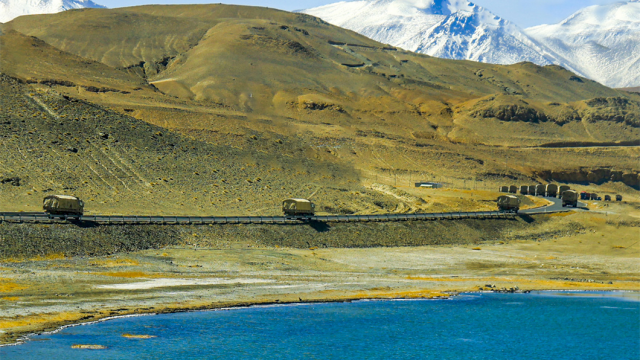
Recently, the South Asian island country Maldives experienced a political crisis. The Indian Foreign Ministry demanded immediately that the Maldives administration "must respect and observe the Supreme Court's order."
Analysts generally believe that the Maldives’ political crisis is another example of India’s interference in the domestic affairs of neighboring countries.
For a long time, India has viewed South Asia as its sphere of influence and therefore has felt unhappy about the development of friendly relations and cooperation between its neighbors and other countries.
Not long ago, Indian Army Chief of Staff General Bipin Rawat said that Nepal, Bhutan, Myanmar, Bangladesh, Sri Lanka and Afghanistan should stand with India, and India should fully support these countries in response to China's influence.
Currently, Bhutan's diplomatic and military affairs are led by India. Indian troops are stationed in Bhutan and Bhutan must consult India on its foreign policy.
Even though it is in the 21st century, India still follows the example of the British Empire and attempts to turn all of its neighboring countries in South Asia into Indian colonies.
India's intervention in neighboring countries in South Asia is not only clearly reflected through its diplomacy but also through its actions, including military operations.
In 1971, India launched the third Indo-Pakistani War. It divided Pakistan and supported Bangladesh's independence.
In 1975, India sent troops to disperse the palace guard in Sikkim, imprisoned the king and turned Sikkim into an Indian state.
In 1987, India sent troops to Sri Lanka to suppress the rebel "Tamil Tigers", a Tamil militant organization that was based in northeastern Sri Lanka.
In 1988, a group of anti-government Maldivians assisted by armed mercenaries from Sri Lanka launched a military riot in the Maldives, and India dispatched an emergency paratroop force and put the situation under control.
In recent years, the awakening of the sovereignty awareness in Asian countries clashed with India's desire for increased control. In order to protect their interests, some South Asian countries are trying to shake off India's control and develop all-round diplomacy with China and other major powers outside the region.
Recently, two events were considered as a serious humiliation for India in its attempt to dominate South Asia.
First, Maldives President Abdulla Yameen signed a free trade agreement with China and announced the nation’s intention to join the "Belt and Road Initiative."
Second, Nepal enabled Internet access through China's fiber optic cable and thus ended India’s monopoly. Moreover, the Nepali government strongly supports the construction of the South Asian passageway advocated by China.
In terms of relations with small South Asian countries, the difference between China and India is that China believes that all countries, whether big or small, are equal.
China supports all South Asian countries to maintain domestic political stability and achieve true national independence.
China also hopes to join hands with India to help small countries in South Asia develop their economy and raise people’s living standards.
In fact, China's foreign policy is welcomed by all the people in South Asia, including the Indian people.
They speak highly of China's policy of non-interference in the internal affairs of its neighboring countries and believe that Chinese-Indian cooperation would be conducive to safeguarding peace and stability in South Asia and would also help India achieve economic growth.
India on the other hand is facing intensified domestic ethnic conflicts, demonstrations and other difficult issues. India is also at high risk of terrorist attacks.
It is suggested that India should focus mainly on its domestic affairs. The Indian authorities should seriously consider abandoning the old "Greater India" idea and develop a new approach in the 21st century.









